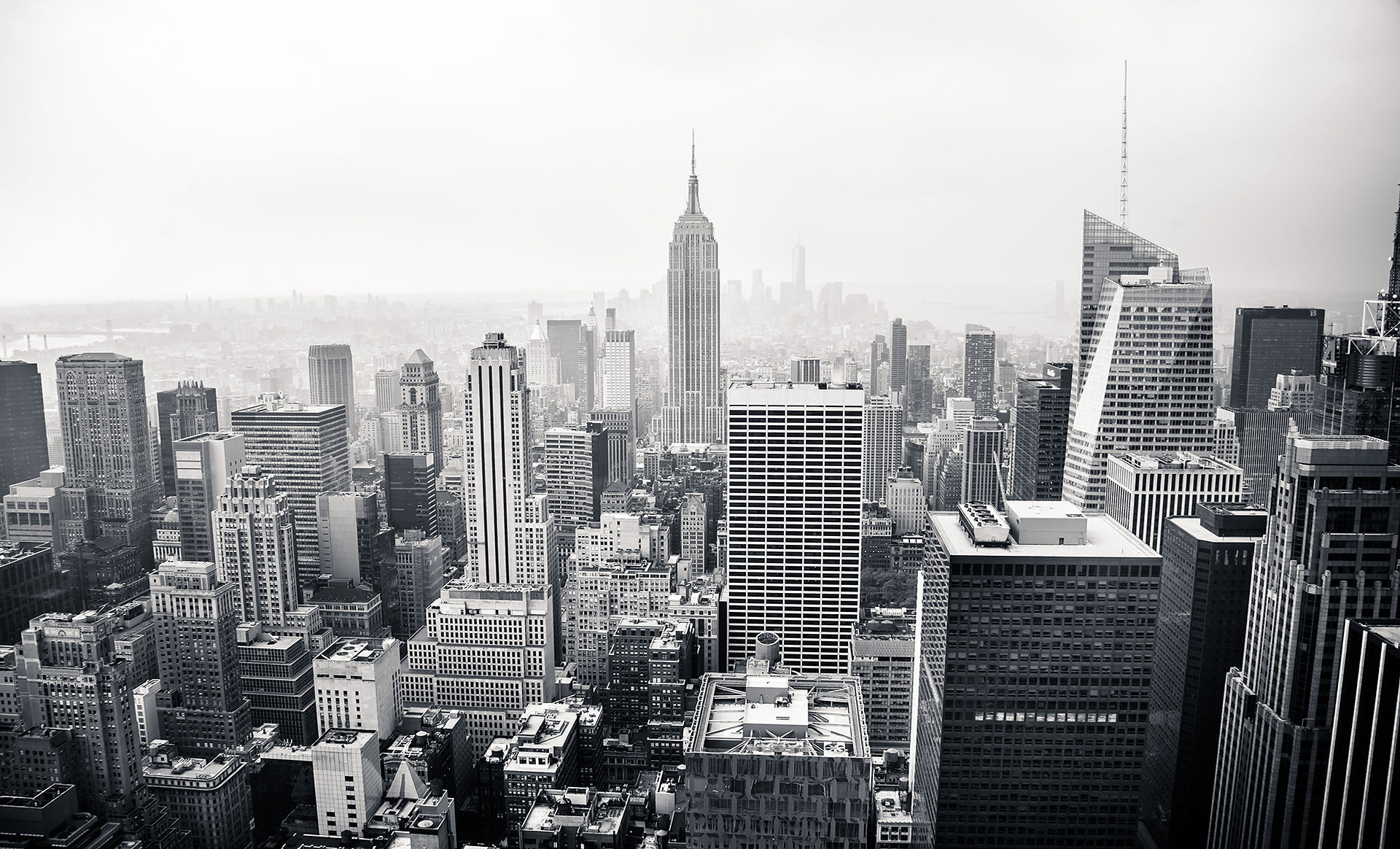
An Overview of Water Damage Restoration Services
The process of restoring your home to its pre-water damage condition is known as water damage restoration. There are several procedures involved in this service, including damage assessment, categorization of water based on contamination level, drying and decontamination of structure and contents, monitoring and completion.
In any kind of restoration project, the first step is always to evaluate the extent of damage so appropriate action can be determined. In terms of St Louis Water Damage, technicians shouldn't only know how to do the job at hand. They must also be aware of how insurance companies play into the picture. They should have a clear understanding of what damages exist and what actions are required to repair them. Most importantly, they must be able to thoroughly and expertly make inspections of the structure and all affected contents, make accurate estimates and document everything.
In water damage restoration, the assessment includes assigning a category to water based on how contaminated it is. This is because the required actions will vary significantly on the contamination level. For example, in Category 1, the water comes from a clean source such as pipes, sinks, urine and feces-free toilet, etc. Category 2 involves water with a certain level of contamination, such as water from the toilet (with urine but no feces), dishwasher, etc. In Category 3, the water is extremely contaminated and capable of causing sickness or death when ingested. Examples are water from sewage, a feces-containing toilet bowl, water from an overflowing river, and so on. Note that water damage that is originally Category 1 could go up to Category 2 or 3 as soon as it comes in contact with contaminants. Read about molds here at http://www.britannica.com/EBchecked/topic/387935/mold.
Water damage may also affect not just the structure itself, but also its contents. Hence, Crestwood water damage restoration services will include cleaning drapes, books, electronics, furniture and other contents reached by the water. Some of these items only need to be extracted from the water to prevent further damage, other have to be cleaned, decontaminated and dried, and yet others may never be restored to their pre-damage state and simply have to be junked.
Finally, after the affected area has been cleared of all contents, the restoration process begins. Scrubbers, blowers, dehumidifiers and other equipment are installed in certain parts around the site and left on for many days. Of course, this operation is regularly monitored to ensure that the process is going as it should. Meanwhile, temperature, moisture and humidity levels are also monitored while the installed drying mechanisms continue to work. Additionally, mold inhibitors may be applied to prevent the growth of molds. Deodorizers may also be used even with a Category 1 water source, as contaminants can easily produce undesirable odors.
